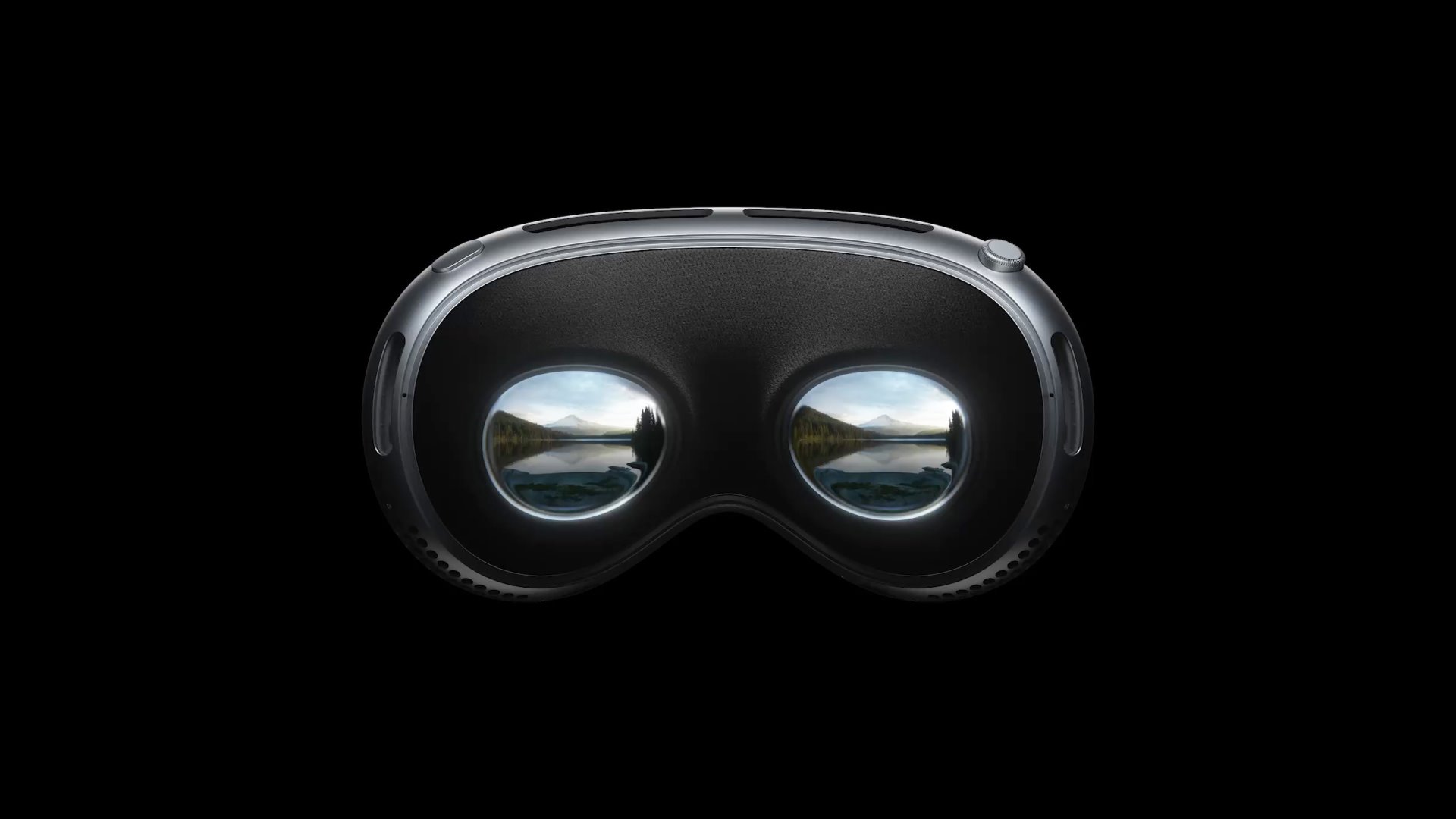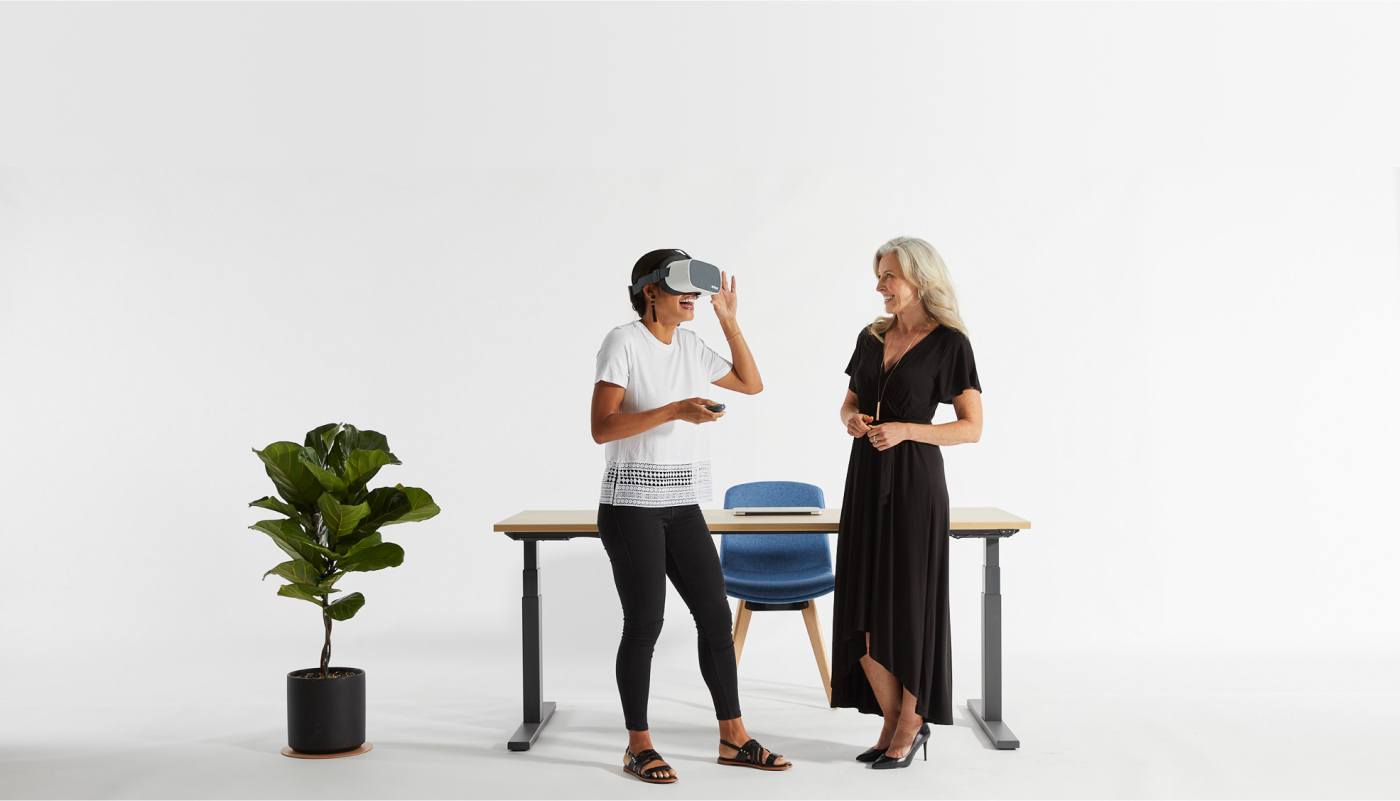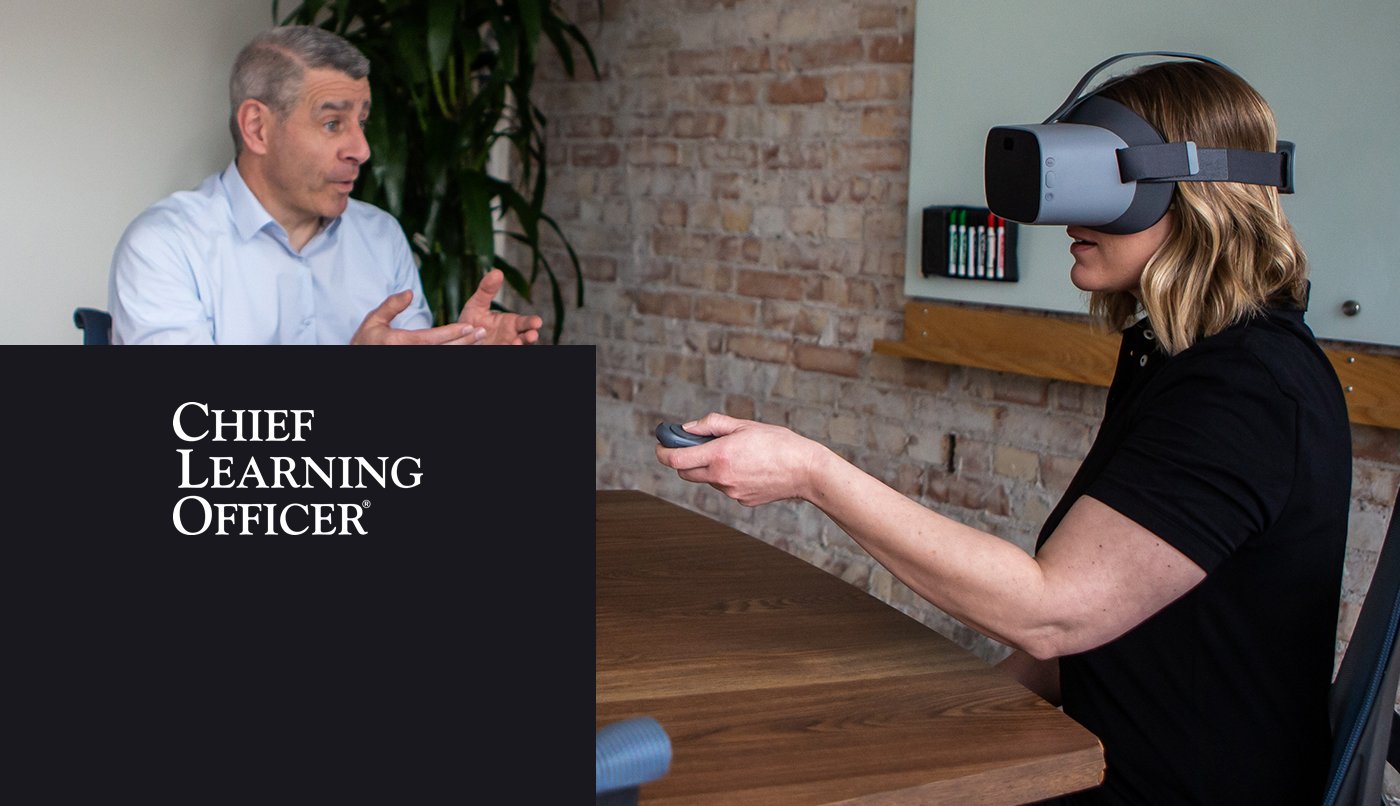In 2019, Gartner reported that B2B sales reps typically forget 70% of the information they learn within a week of training, and 87% forget it within a month. Of course, they gain back a lot of that information on the job, where they’re forced to figure things out and gradually improve over time if they want to hit their sales goals. In the world of sales, it’s largely taken for granted that people who excel in this type of role are hustlers in the most positive sense of the word — scrappy go-getters and self-taught superstars.
The 70-20-10 rule has always backed up this theory: People learn 70% of what they need to know on the job hands-on when met with a challenge. They learn 20% of their expertise from developmental relationships and a scant 10% from actual formal training.
Still, there’s a reason for sales training, and simply accepting the reality that it’s not all that effective isn’t the answer. The faster sales reps can be trained and brought up to speed on products, techniques, and company culture, the more productive and successful they can be right from the start.
Up until now, the evolution of technology in sales training has looked something like this:
| Formal in-person learning, often led by the best sales trainers within an organization | Virtual workshops made sales training more scalable and economical — but not necessarily more effective | E-learning modules can meet specific training needs but tend to be cookie-cutter and under-engaging |
The logical — but profound — next step in sales training is virtual reality (VR). Both VR and artificial intelligence (AI) have practical applications to sales training — often in tandem. But while AI has seen fairly new development within the training world, VR is already happening within many enterprise organizations. In particular, they’re taking advantage of the potential of a type of VR training called Immersive Learning to shift the 70-20-10 principle and get people more prepared for work from Day One.
Read on to learn the benefits of VR to sales training and how some companies are already seeing them play out.
Benefits of VR to sales training
VR sales training immerses the learner inside a virtual environment (via a headset) where they can practice sales skills in an embodied way. They might practice soft skills, such as how to interact with a potential customer or handle a difficult conversation. Or they might get hands-on practice with specific hard skills, such as how to use a particular sales technology or how to navigate a warehouse environment while visiting a potential customer.
There are very specific advantages to VR sales training, and they include the following.
- A hands-on way to practice and learn in context — The science of learning tells us that hands-on experience is the most effective way to learn. VR is an excellent way to learn by doing because it places the learner within a realistic environment and asks them to take action and make choices within that environment.
- Higher engagement, which leads to more learning — It might sound subjective, but research backs up the fact that people are more engaged within a VR learning environment than they are when learning via paper manuals, passive videos, or even interactive digital modules on a flat screen.
- Built-in skills and performance assessment — VR technology tracks the way people learn, engage, and respond in the headset, giving L&D organizations highly specific data on both individual and collective learning.
- Gamification — Infusing VR learning with competitive elements of gamification can further engage and inspire learners. Given that most sales candidates are, by nature, competitive people, this is important when using VR training for sales.
- Cultural immersion — Companies such as Sprouts have used VR training in the form of Immersive Learning to teach new employees cultural values before they ever step foot on the job.
There are more benefits to VR learning than we can list here, but the important thing to know is that sales organizations will benefit from the more efficient, scalable, and effective results of VR.
Read Immersive Learning customer stories
Applications of VR in sales training
To visualize how VR sales training might unfold in practice, imagine any of the following scenarios.
1. Real-world simulations
Immersive Learning is not just another piece of training content. It will meaningfully impact your workforce in ways you may have never achieved or measured with traditional training. VR can engage and upskill employees for elevated levels of performance, and arm you with behavioral analytics that show clear ROI.
2. Interactive learning
VR sales training provides an interactive form of learning where people practice skills within a highly realistic environment, taking actions or making decisions that result in instant feedback. VR takes the learner’s brain to another place entirely, giving them access to an immersive world where they can look around, hear ambient noises, and become emotionally invested in a situation. It essentially puts them “on the job” before they are truly on the job.
3. Safe environment
VR provides a risk-free space for salespeople to make mistakes and learn from them without real-world consequences so that by the time they begin the actual job, they know how to identify hazards and how to handle a dangerous situation. They don’t just learn this theoretically but in a hands-on, embodied way that “sticks.”
United Rentals, for instance, uses Immersive Learning to train outside sales reps on a virtual job site, where they learn to operate in a loud, chaotic, and sometimes dangerous environment. Within a headset, learners are dropped into a dynamic construction site captured using 360-degree video of a real location. They see all the elements they’ll encounter on the job site, including machinery, equipment, workers, and hazards. Part of their training is to spot the hazards and learn how to do their sales jobs while staying safe within the environment.
Verizon pioneered another safety application of Immersive Learning: teaching retail store associates how to handle an armed robbery situation in the rare event one happens. These are only two examples of how enterprise organizations have used VR to create highly customized, effective training modules to create a safer on-the-job experience.
It’s important to note that VR training is not only useful in onboarding new sales reps. Many organizations also use it for reskilling, upskilling, and simply for skills refreshing as well.
4. Personalized training modules
With the advent of generative AI within immersive learning, there’s an opportunity for VR to be tailored to each individual salesperson’s needs, ensuring targeted skill development. AI is already being used with VR training to create scripts, produce sound, and generate computer graphics. Soon, it will be used to generate training material on the fly in response to learner needs and demands.
How to build the business case for VR
The future of VR in sales
The future of VR sales training is a rich and exciting one. But your sales organization can already take advantage of Immersive Learning to offer salespeople an edge in their careers and your company profound benefits.
Next step

Take the VR Assessment
See the Top 3 VR training modules in your industry, based on our experience training over 1M employees in VR.
Take VR Assessment




